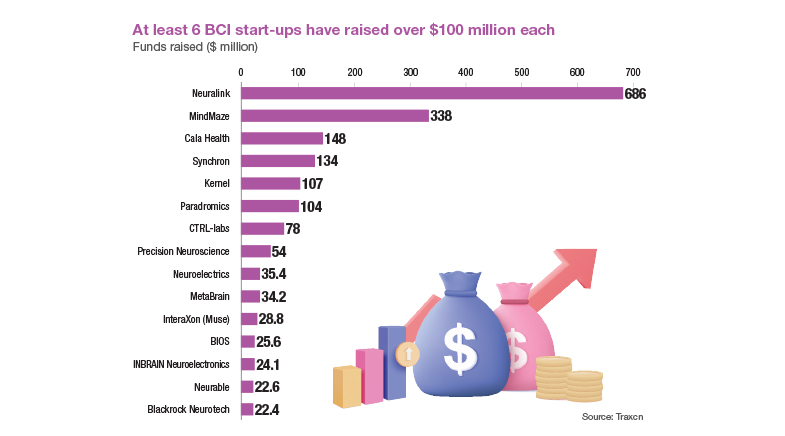A piece of a galactic jigsaw
-
- from Shaastra :: vol 02 issue 02 :: Mar - Apr 2023

Quasars are cosmic candles that light up the universe. Their incandescence helps astronomers discover hydrogen clouds, which give clues to star formation, in faraway galaxies.
Recently, an international team of astronomers led by Neeraj Gupta of the Inter-University Centre for Astronomy and Astrophysics (IUCAA), Pune, did just that. As reported in The Astrophysical Journal (bit.ly/Rydberg-paper) the team used PKS 1830-211, a quasar 11.1 billion light years away, as a torch to peer into a galaxy 7.3 billion light years away, using the MeerKAT radio telescope array, located in a remote desert area in South Africa.
What their exploration revealed was a long-sought piece of a galactic jigsaw puzzle: a cloud of Rydberg atoms – ionised hydrogen atoms with a single electron in an excited state. Rydberg atoms are among the most abundant in the universe, but are curiously very elusive. In Rydberg atoms, electrons are in higher-energy states and recombine with protons.
Scientists will use the discovery of Rydberg atoms in a faraway galaxy to unravel certain aspects of galactic evolution.
When electrons descend to the ground state, they emit photons – or a light so faint that it is difficult to detect except by finding its corresponding radio wave within a narrow range. With its 64 antennae, MeerKAT is the most sensitive telescope array for the centimetre wavelength, and is equipped to detect such faint signals.
Gas clouds made up of ionised hydrogen are a factory of stars. Finding such gas clouds can help decode the process of the making of a star, Gupta says. The MeerKAT array detected the photons from a gas cloud in the distant galaxy. Photons encode information on the temperature, the density, and metals contained in the gas cloud. All of these bits of information offer clues to the formation of stars.
"Finding the hydrogen gas clouds will help trace missing pieces of the puzzle," Gupta notes.
Detecting radio recombination lines outside of a galaxy is very difficult, observes Biman Nath, Professor of Astronomy and Astrophysics at Raman Research Institute, Bengaluru. "This is an important piece of work," he adds.
IUCAA has been associated with MeerKAT since 2010. Scientists will now use the latest findings to unravel certain aspects of galaxy evolution. As the signal lies in the centimetre wavelength range, it offers what Gupta calls an 'unbiased' view (that is, free from theoretical prediction) of certain regions of the universe. "This is just the beginning," says Gupta.
Have a
story idea?
Tell us.
Do you have a recent research paper or an idea for a science/technology-themed article that you'd like to tell us about?
GET IN TOUCH














